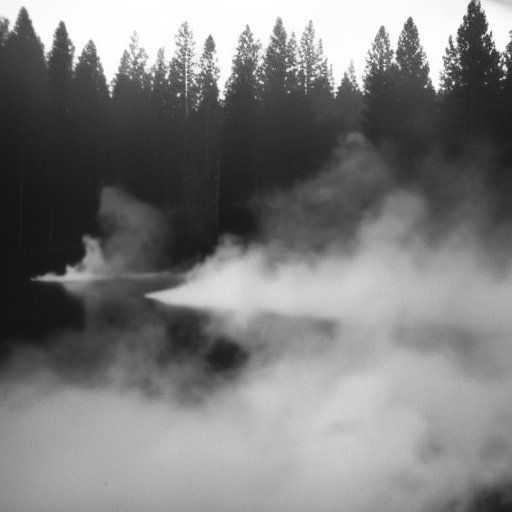Rim Fire: A Devastating Wildfire in California
The Rim Fire was a massive wildfire that occurred in California’s Sierra Nevada mountain range in August 2013. It was one of the largest wildfires in the state’s history, burning a total of 257,314 acres of land, including a significant portion of Yosemite National Park. The fire started on August 17, 2013, and was not fully contained until October 24, 2013. The Rim Fire had a profound impact on the environment, communities, and wildlife in the region.
Causes and Spread of the Fire
The Rim Fire was caused by a hunter’s illegal campfire that got out of control. The fire quickly spread due to a combination of factors, including dry conditions, strong winds, and the presence of dense vegetation. The rugged terrain and difficult access to the area also hindered firefighting efforts.
The fire rapidly grew in size, fueled by the dry vegetation and strong winds. It spread across the Stanislaus National Forest, Yosemite National Park, and parts of the Sierra National Forest. The fire’s intensity and speed made it extremely challenging for firefighters to contain.
Impact on the Environment
The Rim Fire had a devastating impact on the environment. It destroyed large areas of forest, including old-growth trees that had been standing for centuries. The fire also caused significant damage to the ecosystem, including the loss of habitat for numerous plant and animal species.
The fire’s impact on Yosemite National Park was particularly severe. It burned through approximately 77,000 acres of the park, including the popular tourist destination of Tuolumne Grove, which was home to a grove of giant sequoias. While some of the sequoias were damaged, many were able to survive the fire due to their thick bark.
The fire also threatened the Hetch Hetchy Reservoir, which provides water to San Francisco and other parts of the Bay Area. Firefighters worked tirelessly to protect the reservoir, and although the fire came close, it was ultimately saved from significant damage.
Response and Containment Efforts
The Rim Fire prompted a massive response from firefighting agencies and personnel. Thousands of firefighters, including crews from across the country, were deployed to battle the blaze. They employed various strategies, including the use of air tankers, helicopters, and ground crews, to try to contain the fire.
Containment efforts were challenging due to the fire’s size and the difficult terrain. Firefighters had to navigate steep slopes and dense vegetation, making it difficult to establish containment lines. However, their efforts eventually paid off, and the fire was fully contained after more than two months.
Aftermath and Recovery
The aftermath of the Rim Fire was a scene of devastation. The burned landscape was left charred and barren, with the loss of countless trees and wildlife. The fire also caused significant economic damage, as it impacted tourism and outdoor recreational activities in the region.
However, the ecosystem began to show signs of recovery in the years following the fire. New vegetation started to grow, and wildlife gradually returned to the area. Efforts were made to restore the affected areas and mitigate the risk of future wildfires, including reforestation projects and fuel reduction programs.
The Rim Fire served as a wake-up call for the need to address fire management and prevention in California and other fire-prone regions. It highlighted the importance of responsible campfire practices, forest management, and early detection and response to wildfires.
In conclusion, the Rim Fire was a devastating wildfire that burned a large area of land in California’s Sierra Nevada mountain range. It had a significant impact on the environment, communities, and wildlife in the region. The fire was caused by an illegal campfire and spread rapidly due to dry conditions and strong winds. Despite the challenges faced by firefighters, they were eventually able to contain the fire after more than two months. The aftermath of the fire was a scene of devastation, but efforts were made to restore the affected areas and prevent future wildfires. The Rim Fire served as a reminder of the importance of responsible fire management and prevention.












